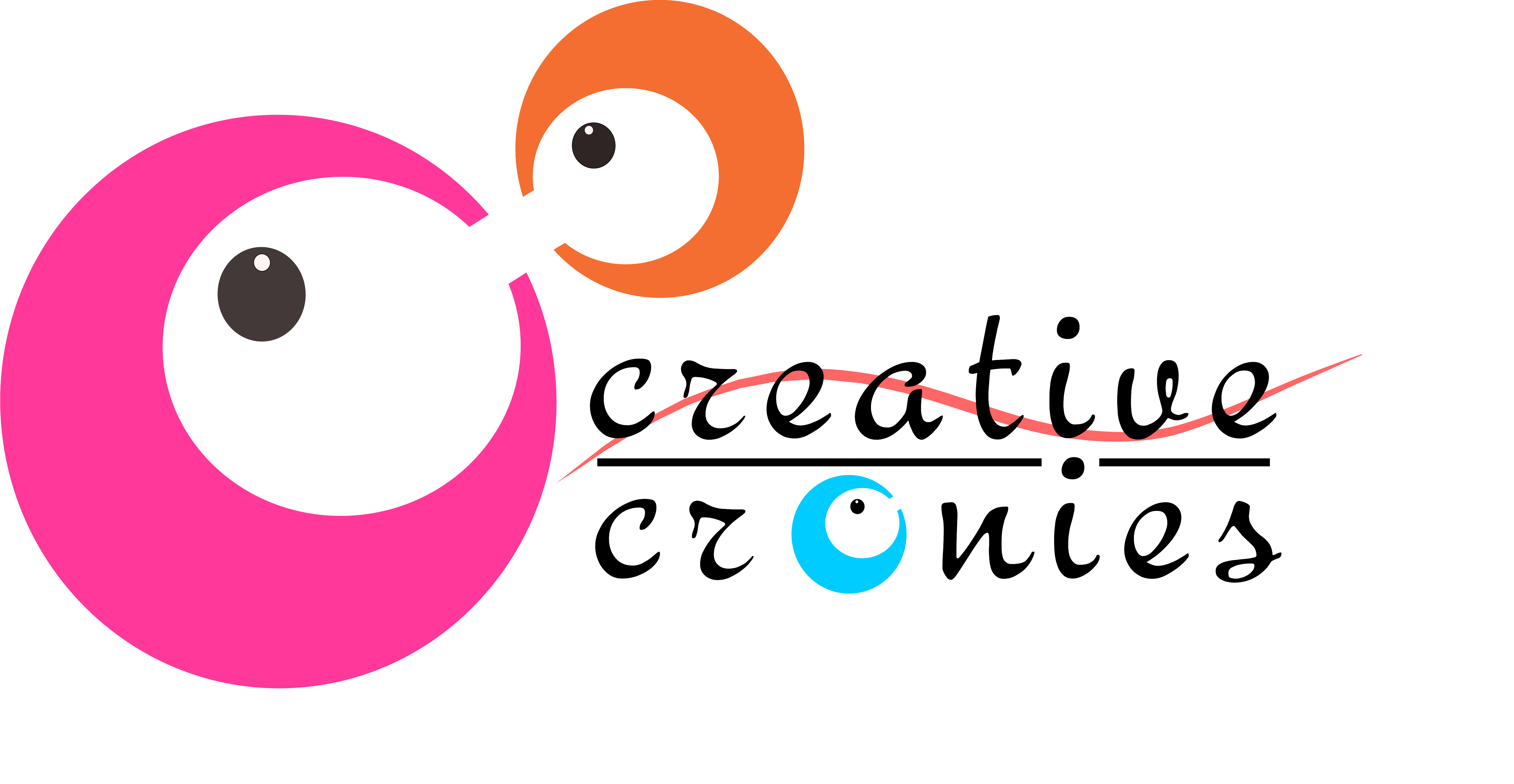To attract potential customers to your website as part of your B2B Inbound Marketing strategy, your business needs to have the right answer, for the right customer at the right moment in time.
Knowing how to generate B2B leads is one of the biggest challenges for companies that target this type of client. Inbound Marketing gives us the keys to success.
There are three main types of leads.
- Marketing qualified lead (MQL): Contacts who have engaged with your marketing efforts but are not ready to receive a sales call.
- Sales qualified lead (SQL): Contacts who have taken actions that indicate their interest in purchasing your products or services.
- Product qualified lead (PQL): Contacts who have used your product (free trial or demo) and have taken actions that indicate interest in becoming a paying customer.
What are the top B2B lead generation techniques?
Generating leads is a crucial part of your Inbound Marketing strategy, and an essential step in the buyer’s journey of your buyer personas. So, how can your business generate new leads? We’ve listed just seven of the top techniques here:
#1 – Content marketing
Content marketing is how you attract prospects to your website, but it’s also a crucial component of generating leads. Content can be used to guide visitors to landing pages through CTAs, where they are converted into leads in return for more substantial pieces of gated content on the topic they are interested in (such as an ebook, infographic, whitepaper, webinar, etc.).
#2 – Social media marketing
Social media marketing is more than just brand awareness. Social media platforms make it incredibly easy for you to guide your prospects to take the desired action. Including a call-to-action in your post with a URL for prospects to click on is the most popular way, but there are plenty of methods such as the swipe up option on Instagram stories.
#3 – Product demos
One of the biggest barriers for B2B buyers is having to purchase a product or service without testing it out first. Offering a free trial or demo of what your company is selling is a fantastic way to gain sales qualified leads, which can be converted into paying customers once they have had a taste of your product.
#4 – Paid Advertising
Whether Google AdWords, LinkedIn remarketing or Facebook ads, or any other ad campaigns that you want to run, paid advertising is a great way to target the exact prospect that you want to reach with the specific action you want them to take – taking them to a conversion landing page on your website.
#5 – Email marketing
Those on your email list have already previously subscribed to receive communication from your business, whether it was subscribing to a blog, requesting a product demo, or visiting your booth at a trade show. Since they already know your brand, email makes it far easier for you to encourage these prospects to take a specific action through CTAs.
#6 – Retargeting ads
Prospects generally browse several websites and read tens, or even hundreds, of articles to help guide their purchasing decision. The vast majority of visitors to your website do not make a purchase on the first visit, so using retargeting ads can help reel back those visitors who navigated away from your website.
#7 – Use live chat
Chatbots allow your organization to provide a superior customer experience to visitors on your website, giving them away to seamlessly interact with your brand to find the information that they are looking for. Integrating CTAs into that chatbot can help you take your lead generation strategy to the next level.
Why use Inbound for B2B?
After everything we’ve mentioned so far, it’s clear that Inbound Marketing is a positive practice for B2B companies. There are many reasons:
- Creates trust: Trust is the principal pillar of the relationship between B2B companies and their clients; it’s trust that builds strong and long-lasting relationships. And Inbound Marketing takes very important steps in that direction: they are the clients that will reach the company, given that they are attracted to it.
- Converts to sales: Thanks to Inbound Marketing, leads are converted that, with the right treatment, will become clients. This is something noteworthy and even more so for B2B companies, given that it’s usually harder for them to find clients. Inbound Marketing strategies are a way to amplify your opportunities and center them so you reach the ideal clients.
- Obtained leads generate conversions: leads that are reached through Inbound Marketing are already interested in what the company offers because it was them who approached the company. From this, we can deduce they have more of an interest and probability of buying the products or services. Marketing and sales departments can focus on realizing actions with this type of client, with the personalization of B2B campaigns as the principal focus.
- Blog content is linked to sales: for 55% of B2B marketing experts, blogs are one of the main channels of Inbound Marketing. Also, if the content strategy is correct, the blog will become a stronger channel for sales.
There are many reasons why we want to try to implement a B2B Inbound Marketing strategy and see if we can reap the same benefits. If you’re thinking about jumping on this new business opportunity and don’t know where to start, Creative Cronies consultancy services will be a great help for you. We will analyze your situation and guide you down the path of digital marketing and tool implementation so you don’t lose a single client.
